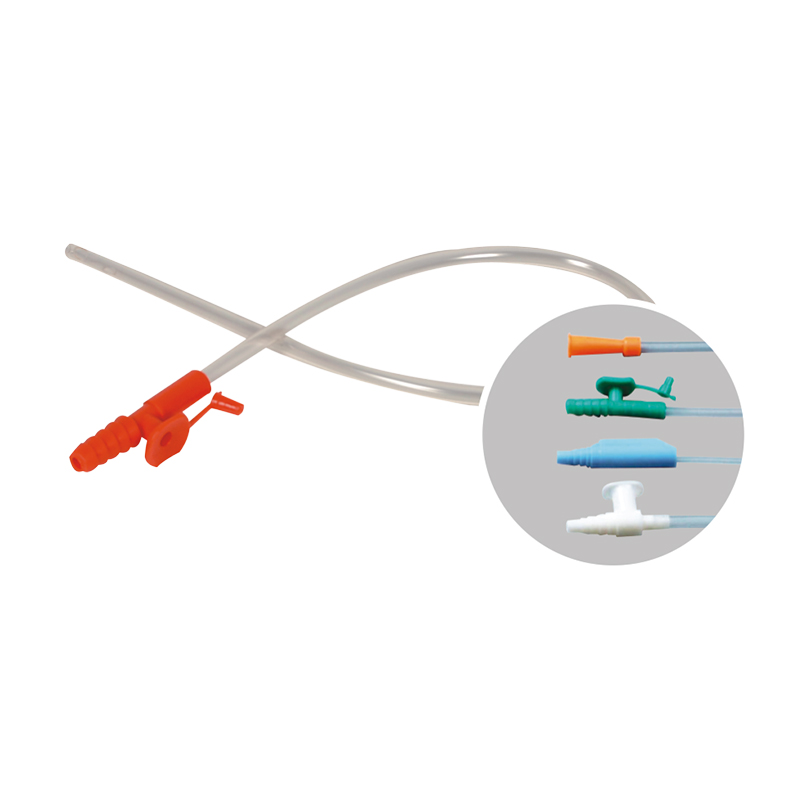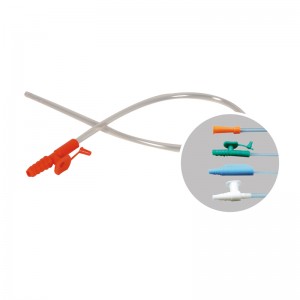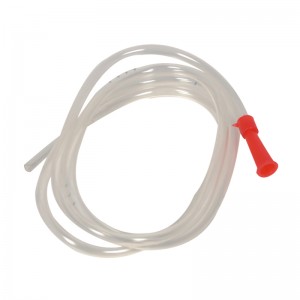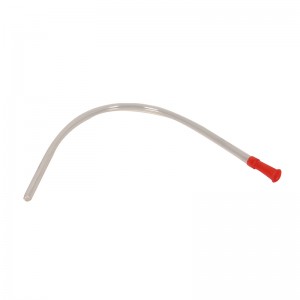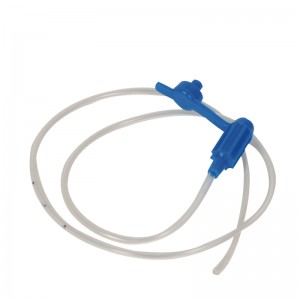Medical Top Adaptor Mould
Adapter molds, also known as adapter molds, are tools used in the manufacturing process to produce adapters or connectors that can connect disparate components or systems. It is widely used in different industries including automotive, electronics, plumbing and manufacturing. Here are some key aspects of adapter molds:
Mold Design: The design of the adapter mold is tailored to the specific shape and functionality required of the adapter. Typically, it consists of two halves, an injection mold and an ejection mold, which fit together to form a cavity that represents the desired adapter shape. Molds are usually made of high-quality steel or aluminum to withstand the pressure and temperature involved in the molding process.
Material Injection: Prepare the mold in an injection molding machine or other suitable molding equipment. Raw materials such as plastic resins or metal alloys are heated until they reach a molten state. The molten material is then injected into the mold cavity under controlled pressure, filling the cavity and forming the shape of the adapter being manufactured. The injection process is carefully controlled to ensure even material distribution and accurate adapter formation.
Cooling, solidification and ejection: After the material is injected, the molten material cools and solidifies in the mold cavity. Cooling can be facilitated by integrated cooling channels in the mold or by moving the mold into a cooling chamber. After solidification, the mold is opened and a mechanism such as an ejection pin or air pressure is used to eject the finished adapter, ensuring safe and efficient removal from the mold.
Quality control measures are integrated throughout the manufacturing process to ensure adapters meet required specifications and adhere to industry standards. This includes checking the mold design, monitoring injection parameters and post-production inspection of the finished adapter to ensure its quality, functionality and compatibility with the component or system to which it is connected.
Overall, adapter molds can produce adapters or connectors efficiently and accurately, playing a vital role in various industries. The mold ensures that the adapter always meets required specifications, facilitates proper integration between different components or systems, and provides reliable performance in a variety of applications.
| 1.R&D | We receive customer 3D drawing or sample with details requirements |
| 2.Negotiation | Confirm with clients details about: the cavity, runner, quality, price, material, delivery time, payment item, etc. |
| 3.Place an order | According your clients design or chooses our suggestion design. |
| 4. Mould | First We send mould design to customer approval before We make the mould and then start production. |
| 5. Sample | If the first sample come out is not satisfied customer, we modify the mould and until meet customers satisfactory. |
| 6. Delivery time | 35~45days |
| Machine Name | Quantity ( pcs ) | The original country |
| CNC | 5 | Japan/Taiwan |
| EDM | 6 | Japan/China |
| EDM ( Mirror) | 2 | Japan |
| Wire Cutting ( fast ) | 8 | China |
| Wire Cutting ( Middle ) | 1 | China |
| Wire Cutting ( slow ) | 3 | Japan |
| Grinding | 5 | China |
| Drilling | 10 | China |
| Lather | 3 | China |
| Milling | 2 | China |

